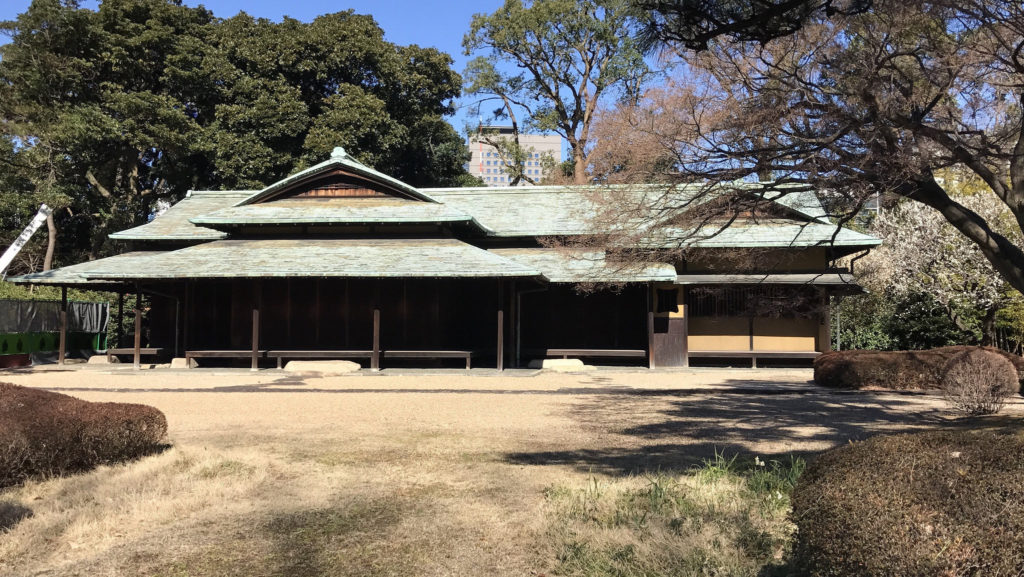Looking at the calendar I see we are already at the last Sunday in February which means it’s time to fill your timeline with the hashtag #sols once more: Sermon Of the Last Sunday. It’s my attempt to write something new each month on my site (although, a few days ago, I felt the need to write Will The Internet Kills Television?).
Apart from fulfilling my #sols need for February, today I am also keeping my personal site commitment of maintaining a copy of things I post elsewhere. Two #sols birds with one #sols entry.
At the end of January I took a holiday in Japan. Japan, and particularly Tokyo, was a destination that I have always wanted to visit but it’s taken until this year to get there. I was not sure what to expect: would everything seem radically different from life in London or would it maintain the familiarity of a big city?
As always when on holiday, I took a lot of photographs. Increasingly, these are taken on a phone which is both portable and has many other uses aside from pictures (in Tokyo, having constant access to Google Maps was enormously helpful when trying to navigate a big city). Having all the photographs accurately time and geo-stamped on a device which makes uploading easy is another significant advantage.
I decided that each evening I would review all the pictures I’d taken and post a single image that summed-up the day to an album on Flickr. It’s a little Japan vacation retrospective. I also decided to post a different kind of picture each day to Instagram. Combined they might make a small, but hopefully interesting, summary of the visit for me to remember and for others when researching Japanese holidays.
I’ll post the Instagram pictures later in the week but this is my Japan collection. However, I am dividing the pictures into 2 parts. Week one was primarily Tokyo and the second week was Kyoto.
Japan Vacation Retrospective 2017: Tokyo
Photo of Day 1: Godzilla through the years.
 Movie posters in the lobby of the Hotel Gracery, Tokyo. There’s a large Godzilla climbing the outside of the hotel.
Movie posters in the lobby of the Hotel Gracery, Tokyo. There’s a large Godzilla climbing the outside of the hotel.
Photo of Day 2: Meiji Shrine in Shibuya, Tokyo.
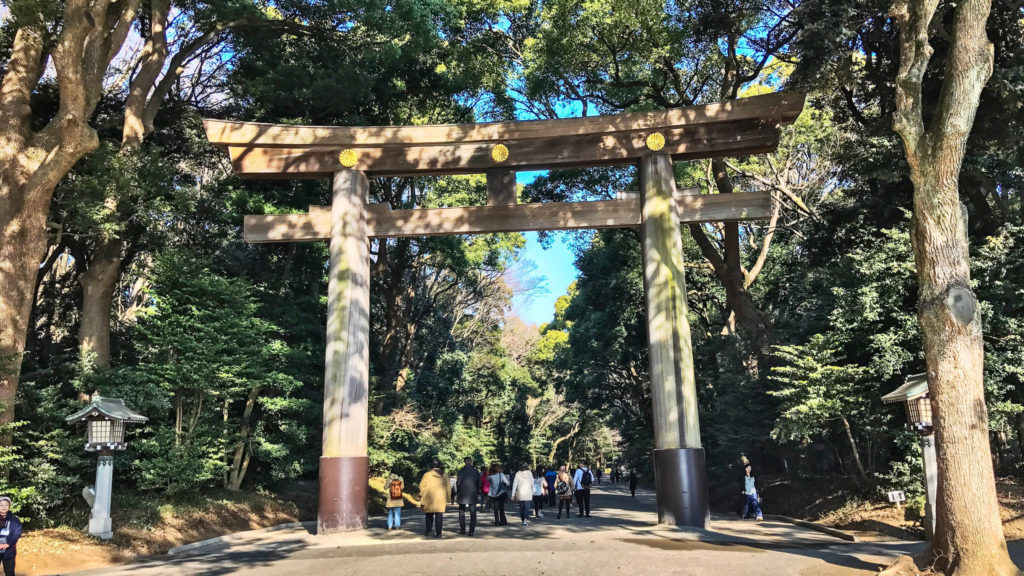 A torii, or traditional Japanese gate, at the entrance to the Meiji Shrine in Shibuya, Tokyo.
A torii, or traditional Japanese gate, at the entrance to the Meiji Shrine in Shibuya, Tokyo.
This Shinto shrine is dedicated to the spirits of Emperor Meiji and his wife, Empress Shōken.
An amazing forest of 120,000 were donated by people from all across Japan when the shrine was built.
It’s simple, peaceful and very relaxing. There is beautiful simplicity to the architecture and the more religious customs.
Photo of Day 3: A robot at Robot Restaurant, Shinjuku.
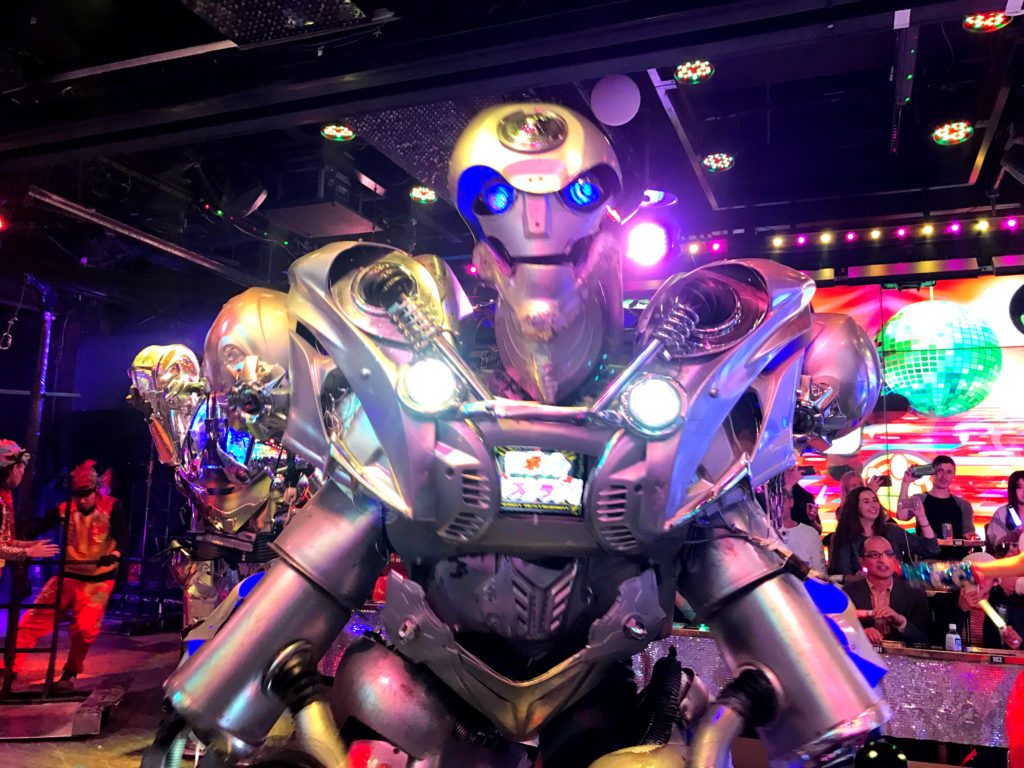 For some reason whenever I think of Japan I think of robots doing useful stuff. We haven’t found any of those yet but we have found the most bizarre cabaret show, The Robot Restaurant, where the hostesses walk around the room – boxing ring style – with signs asking you to turn off your Bluetooth and wifi enabled devices for fear of interference with the controls for the show.
For some reason whenever I think of Japan I think of robots doing useful stuff. We haven’t found any of those yet but we have found the most bizarre cabaret show, The Robot Restaurant, where the hostesses walk around the room – boxing ring style – with signs asking you to turn off your Bluetooth and wifi enabled devices for fear of interference with the controls for the show.
Ironically, most of the ‘robots’ are people in costume but there are some remote controlled participants in this video-game inspired 90-minute strobe-lightathon. There are no words to describe the craziness which seemed entirely appropriate in this neon-lit district of the city. After the Robot Restaurant’s bought what it needed, the fact that there’s any neon left for the other venues is really a modern day miracle.
Photo of Day 4: UNESCO World Heritage Site, Mt Fuji
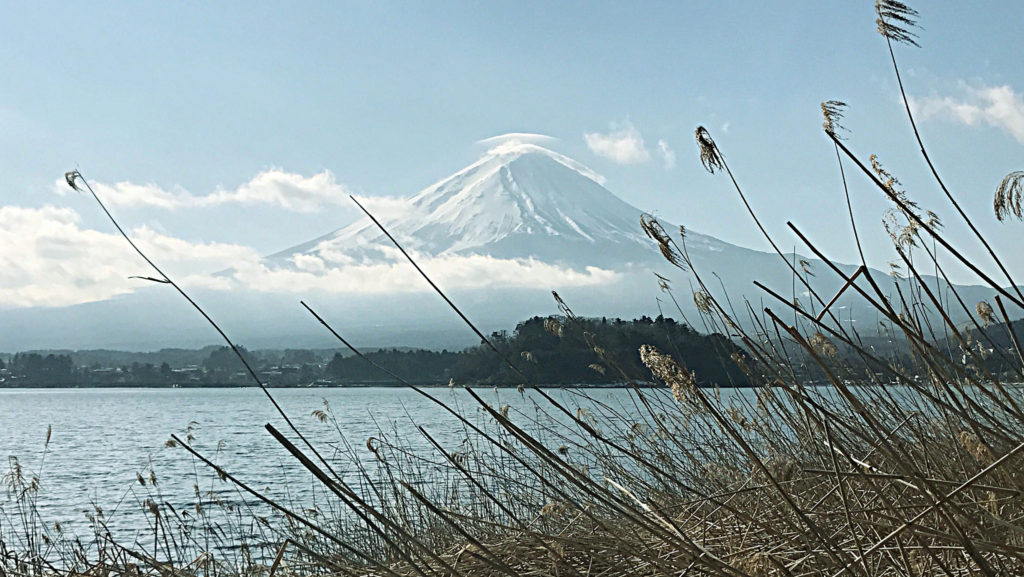 Standing 12,388 ft, Mt Fuji is the highest peak in Japan; a World Heritage Site and, apparently, still classed as an active volcano. It’s snow-capped peak has become a symbol of Japan, which I imagine, is something of what makes it attractive to hikers and climbers. According to our tour guide the climbing season starts in July and officially ends in September but he wasn’t recommending anybody attempt it after the end of August. Given we were all quite happy in our heated, wifi-enabled coach, I’m not expecting to see any of my fellow tourists climbing next season.
Standing 12,388 ft, Mt Fuji is the highest peak in Japan; a World Heritage Site and, apparently, still classed as an active volcano. It’s snow-capped peak has become a symbol of Japan, which I imagine, is something of what makes it attractive to hikers and climbers. According to our tour guide the climbing season starts in July and officially ends in September but he wasn’t recommending anybody attempt it after the end of August. Given we were all quite happy in our heated, wifi-enabled coach, I’m not expecting to see any of my fellow tourists climbing next season.
We got got as high as 2020m (of the 3776m which make up the aforementioned 12,000 or so ft) before the road was closed due to recent snow falls. Still, the air was crisp, the sun was out and you could see the peak. It’s quite an impressive sight, although at the 4th station it’s the surrounding peaks you’re looking at rather than the one immediately above you.
There also seems to be an annual photographic competition which might help explain the abundance of stunning images of the mountain on the internet, as well as the large number of people carrying tripods & camera bags around the tourist locations.
My picture may not be up there with the greatest but it’s all mine. Taken at the first tour-stop, Lake Kawaguchi-Ko, one of the “five lakes”, it was our first proper Mt Fuji sighting. When they said you never forget your first time, perhaps it was views of Mt Fuji they were talking about.
Yes, I’m sure that’s right.
Photo of Day 5: Tokyo Imperial Palace Tea House
Covering an area of 1.32 sq miles the space was, during the height of the 1980s Japanese property bubble, valued to be worth more than the sum of all of the real estate in California. So, it’s decent bit of land to own. It is the main residence of The Emperor of Japan as well as home to a bunch of the kind of administrative offices needed by the ceremonial head of a nation.
Unlike, say, Buckingham Palace which you can stand in front of and photograph, it seems quite difficult to get up to The Emperor’s front door. There is some kind of limited daily tour – conducted only in Japanese – that visits some non-public areas but I can’t tell you about it because we didn’t do it.
However, the East Gardens are open to wander around and are a fascinating collection of horticulture, including areas given over to cultivating roses, tea, bamboo and a plot of land where trees representing each of Japan’s 47 prefectures have been planted. There’s an area called Cherry Blossom Island which, I imagine, will be amazing in a few months. Surprisingly, at least one tree was in bloom but it stood out against the bare winter branches of most of the plants.
Towards the end of your wander around the gardens, if you follow the route suggested in the free map (and why wouldn’t you?), there’s a 18th century Japanese garden complete with running water, pool and wooden bridge.
Around the gardens there are examples of guard houses, a museum and a beautiful example of a tea house (pictured). There’s also a late 1960s concert hall and buildings named Gakuba and Shoryobu on the guide (which house some of the aforementioned administrative offices; for the Music Department & Archives Department).
All-in-all, a place of beautiful, traditional tranquility in the heart of modern Tokyo. Open from 9am if you’re interested.
Photo of Day 6: Tsukiji Fish Market, Tokyo
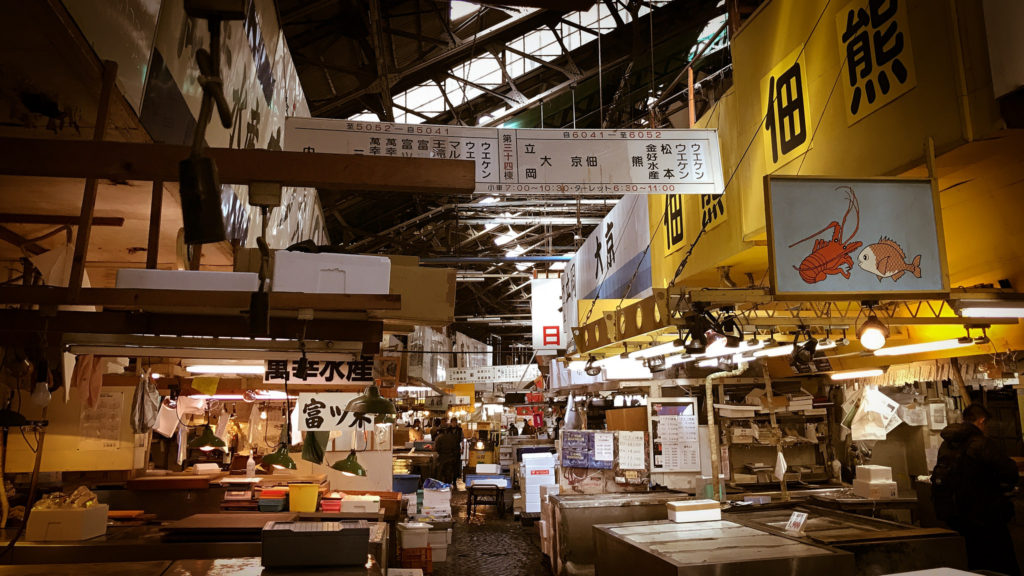 Some reports suggest that Tsukiji Fish Market is the largest wholesale seafood market in the world. I can’t vouch for that but it could take several hours to walk around the stalls of all the intermediate wholesalers. Although, as a sightseer, you don’t get several hours. The inner market is open to tourists from 10am, by which time most wholesalers are packing-up & the professional buyers have taken their fish away to be served-up across the city. That’s not to say there’s nothing to see; just most of the selling is over for the day.
Some reports suggest that Tsukiji Fish Market is the largest wholesale seafood market in the world. I can’t vouch for that but it could take several hours to walk around the stalls of all the intermediate wholesalers. Although, as a sightseer, you don’t get several hours. The inner market is open to tourists from 10am, by which time most wholesalers are packing-up & the professional buyers have taken their fish away to be served-up across the city. That’s not to say there’s nothing to see; just most of the selling is over for the day.
If I was being strictly accurate, the market is open to 120 sightseers from about 5am if they were to have queued through the night to see a portion of the frozen tuna auction. Our guide wholeheartedly recommended not bothering and, anyway, you can’t watch the fresh tuna auction. I’m not entirely sure why.
Apparently, we were lucky to see the market in it’s current (post-1923) home: a move to a more modern facility that should have happened last November has been postponed. Cue local newspapers running “something fishy” headlines.
We took a tour of the market with local food writer & guide, Atsushi, the Tsukiji King, and I’m very glad we did. Tsukiji is a fully functioning fish market, complete with high-speed delivery vehicles & special band saws designed to chop huge chunks of frozen tuna. It’s not a place you’d particularly think to enter as a tourist so a guide proved especially welcome as I don’t think we would have wandered the warehouses alone. Atsushi showed us the inner & outer markets, explained the selling process and provided a guide to all the food paraphernalia that’s also for sale in shops around the area. I’m continually amazed by the pieces of plastic sushi that are mainly used by restaurants to show-off their ‘dishes’ in their windows.
There was the added bonus of using an expert guide; he recommended the most amazing sushi place for lunch at the end of the tour: every piece hand-made in front of you from the very freshest ingredients. I thought I’d eaten good sushi before but now I know differently.
More Japan
The second part of my Japan 2017 Retrospective (pictures from Kyoto) will be uploaded tomorrow but you can review all the pictures right now in my Flickr Album.
#SOLS
Sermon Of the Last Sunday is my attempt to ensure that there is something published on my site very month in 2017. You can read about my attempts to force myself to write or my first post of the season (which is another challenge) in which I decide read a book every month this year.
The full #sols collection has a handy site tag, sols.
